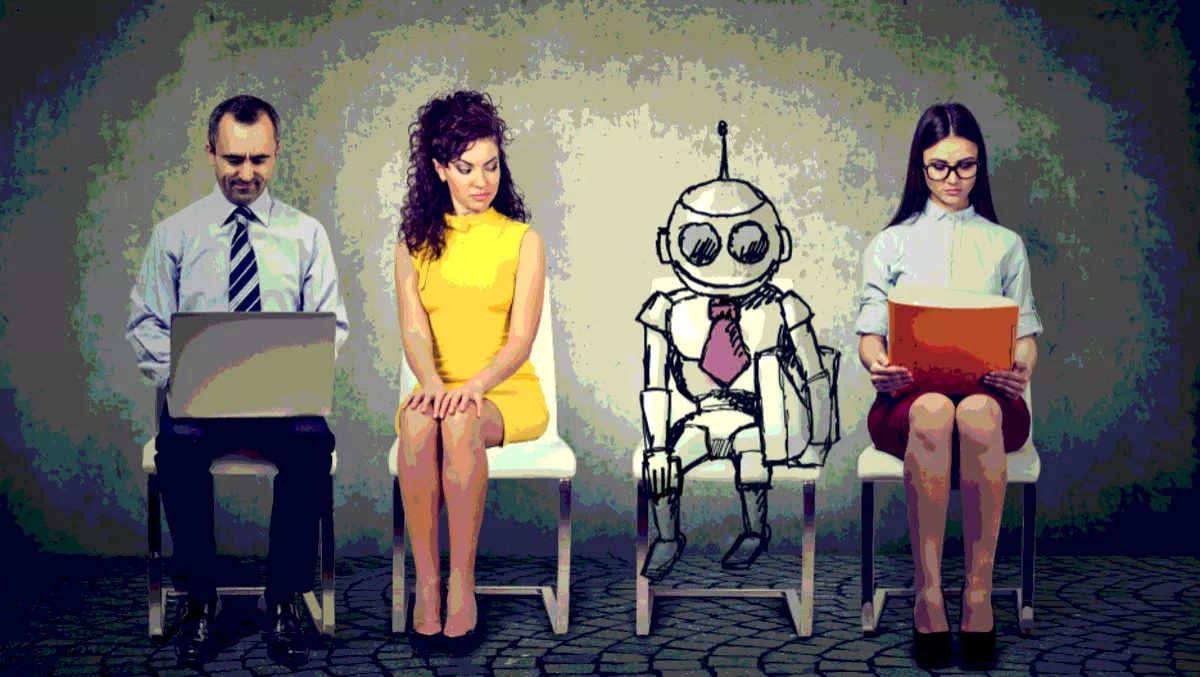
Much has been said about artificial intelligence's (AI) imminent elimination of human jobs, but Gartner says in actual fact the reverse is true.
The research giant says 2020 will be a pivotal year in AI-related employment dynamics with AI becoming a positive job motivator in creating 2.3 million jobs while removing 1.8 million.
The number of jobs affected by AI will vary by industry – through to the end of 2019, healthcare, public sector and education will see continuously growing job demand, while manufacturing will be hit the hardest. Starting in 2020, AI-related job creation will cross into positive territory, reaching two million net-new jobs in 2025.
Gartner research vice president, Svetlana Sicular says many significant innovations in the past have been associated with a transition period of temporary job loss, followed by recovery, then business transformation and AI will likely follow this route.
“AI will improve the productivity of many jobs, eliminating millions of middle- and low-level positions, but also creating millions more new positions of highly skilled, management and even the entry-level and low-skilled variety,” says Sicular.
"Unfortunately, most calamitous warnings of job losses confuse AI with automation — that overshadows the greatest AI benefit — AI augmentation — a combination of human and artificial intelligence, where both complement each other."
Gartner says with each investment in AI-enabled tech, it is crucial for IT leaders to take into consideration what jobs will be lost, what jobs will be created, and how it will transform how workers collaborate with others, make decisions and get work done.
"Now is the time to really impact your long-term AI direction," says Sicular.
"For the greatest value, focus on augmenting people with AI. Enrich people's jobs, reimagine old tasks and create new industries. Transform your culture to make it rapidly adaptable to AI-related opportunities or threats."
Gartner identified additional predictions related to AI's impact on the workplace:
By 2022, one in five workers engaged in mostly non-routine tasks will rely on AI to do a job"Using AI to auto-generate a weekly status report or pick the top five emails in your inbox doesn't have the same wow factor as, say, curing a disease would, which is why these near-term, practical uses go unnoticed," says Craig Roth, research vice president at Gartner.
"Companies are just beginning to seize the opportunity to improve non-routine work through AI by applying it to general purpose tools. Once knowledge workers incorporate AI into their work processes as a virtual secretary or intern, robo-employees will become a competitive necessity."
Through 2022, multichannel retailer efforts to replace sales associates through AI will prove unsuccessful, although cashier and operational jobs will be disrupted"Retailers will be able to make labour savings by eliminating highly repetitive and transactional jobs, but will need to reinvest some of those savings into training associates who can enhance the customer experience," says Robert Hetu, research director at Gartner.
"As such most retailers will come to view AI as a way to augment customer experiences rather than just removing humans from every process."
In 2021, AI augmentation will generate $2.9 trillion in business value and recover 6.2 billion hours of worker productivity"AI can take on repetitive and mundane tasks, freeing up humans for other activities, but the symbiosis of humans with AI will be more nuanced and will require reinvestment and reinvention instead of simply automating existing practices," says Mike Rollings, research vice president at Gartner.
"Rather than have a machine replicating the steps that a human performs to reach a particular judgment, the entire decision process can be refactored to use the relative strengths and weaknesses of both machine and human to maximise value generation and redistribute decision making to increase agility."